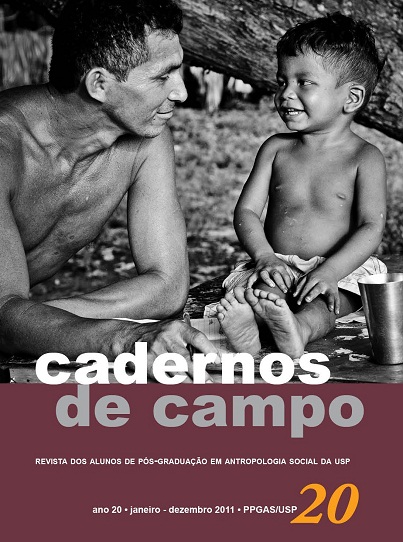A native anthropology of the green-and-pink family or native concept. Why see rhizome where we are shown a mango tree?
DOI:
https://doi.org/10.11606/issn.2316-9133.v20i20p15-31Keywords:
Morro da Manguera Cultural Heritage, Native Concept, Favela, Family, NetworkAbstract
When starting field research in the Morro Mangueira, received the warning: "you have to compromise, give back to the community." Reported to me that the "cultural heritage of the Mangueira" had been "stolen" by "people of society." And, while relating the notions of "community" and "society", explained to me, "the Mangueira is a family." The article explores this discourse Mangueirense, mostly heard in areas of interface between "community" and "society." There, the notion of "family green and pink" serves as an axis from which notions recompose the discursive production characteristics of the social sciences, such as "cultural heritage", "community" and "society." This particular idea of "family", consisting of non-kin, is often described as "a tree full of fruit" and triggers a particular model of relation of otherness, the analysis giving rise to concepts such as network and rhizome. But why rhizome see if we show a tree?Downloads
Download data is not yet available.
Downloads
Published
2011-03-30
Issue
Section
Articles and Essays
License
I authorize Cadernos de Campo Journal of Anthropology to publish the work of my authorship/responsibility, as well as I take responsibility for the use of images, if accepted for publication.
I agree with this statement as an absolute expression of truth. On my behalf and on behalf of eventual co-authors I also take full responsibility for the material presented.
I attest to the unpublished nature of the work submitted
How to Cite
Carneiro, A. (2011). A native anthropology of the green-and-pink family or native concept. Why see rhizome where we are shown a mango tree?. Cadernos De Campo (São Paulo, 1991), 20(20), 15-31. https://doi.org/10.11606/issn.2316-9133.v20i20p15-31





